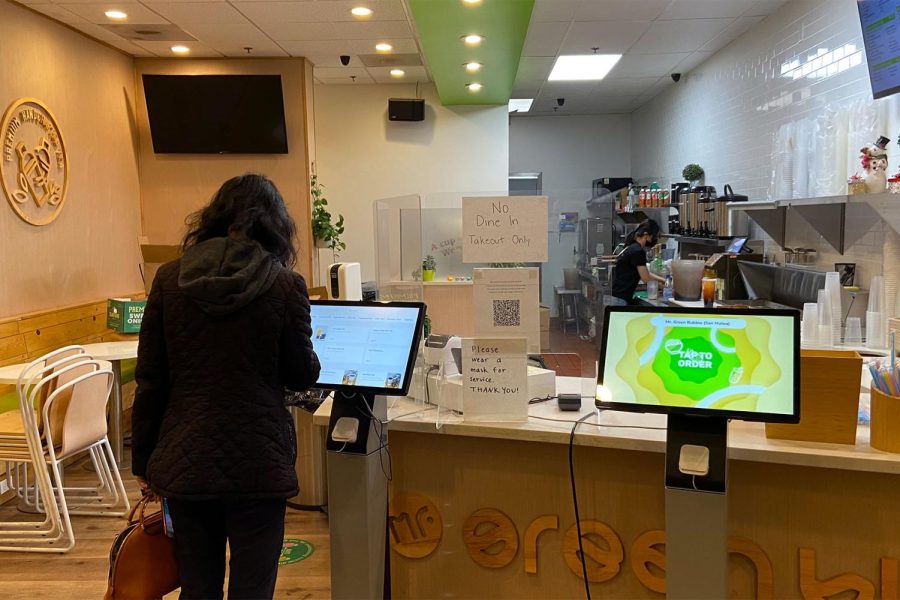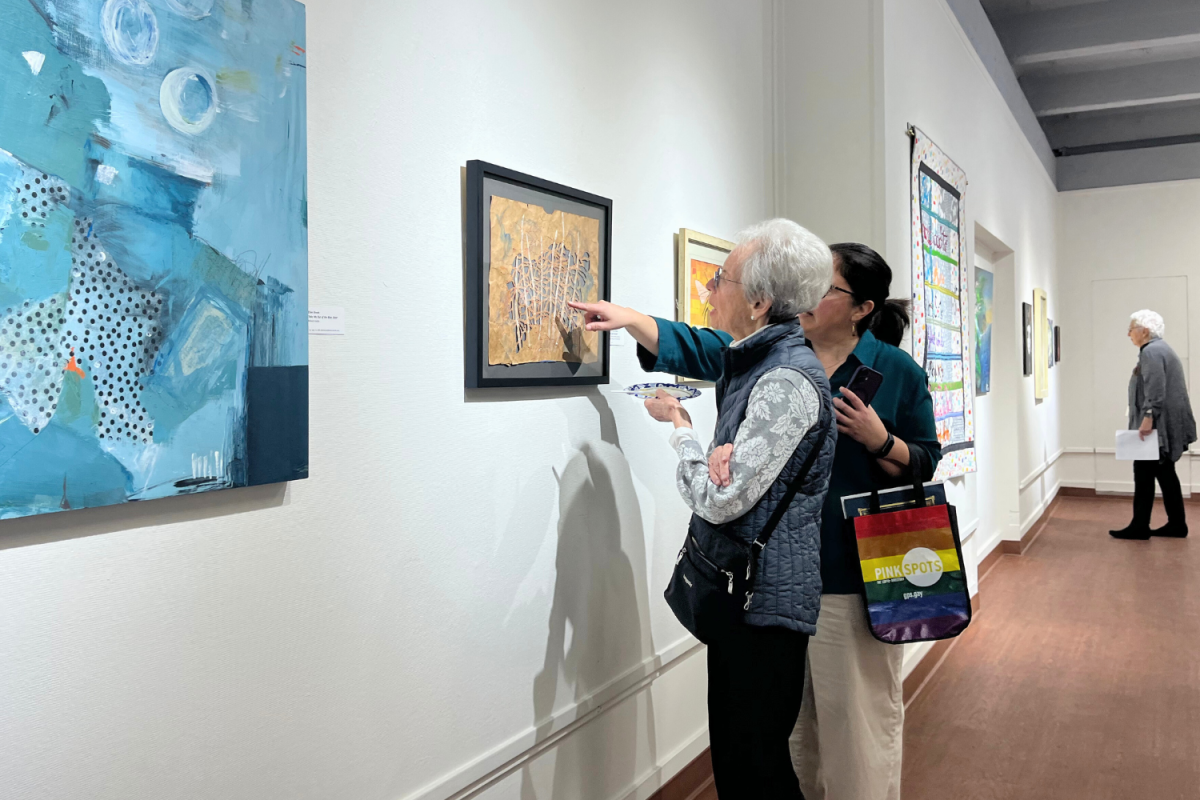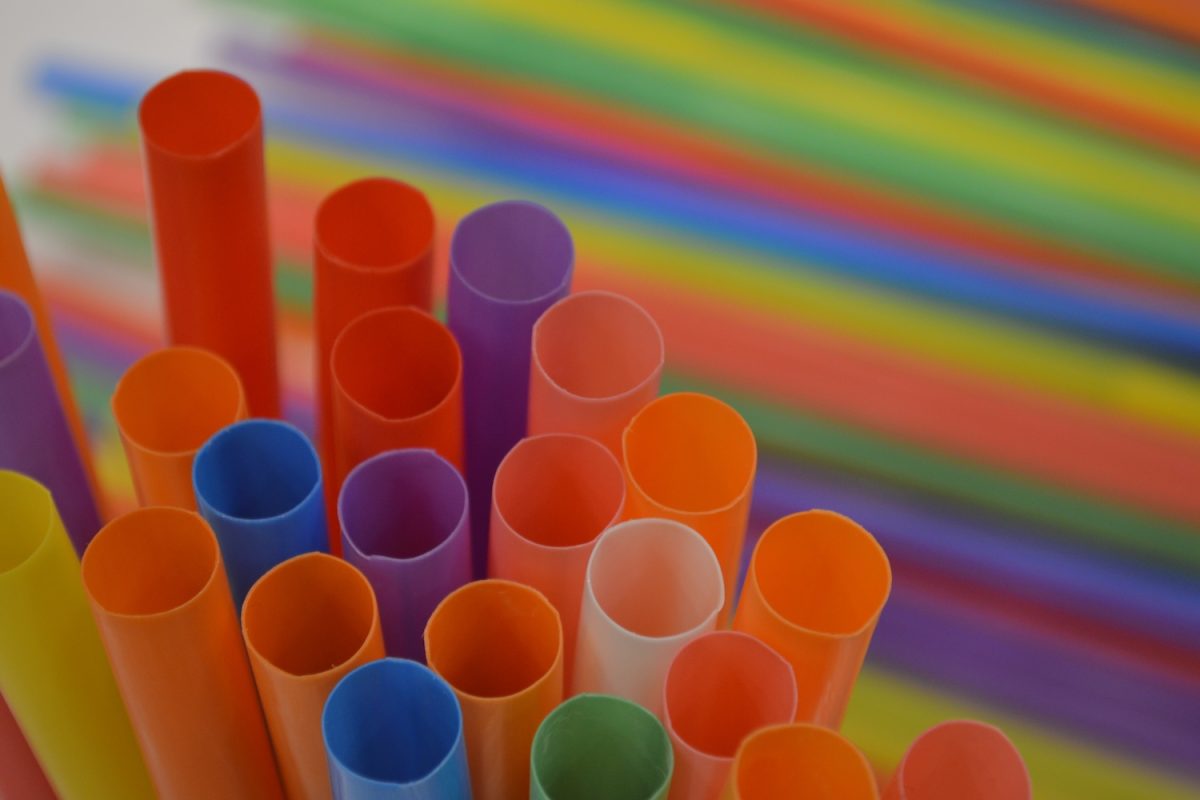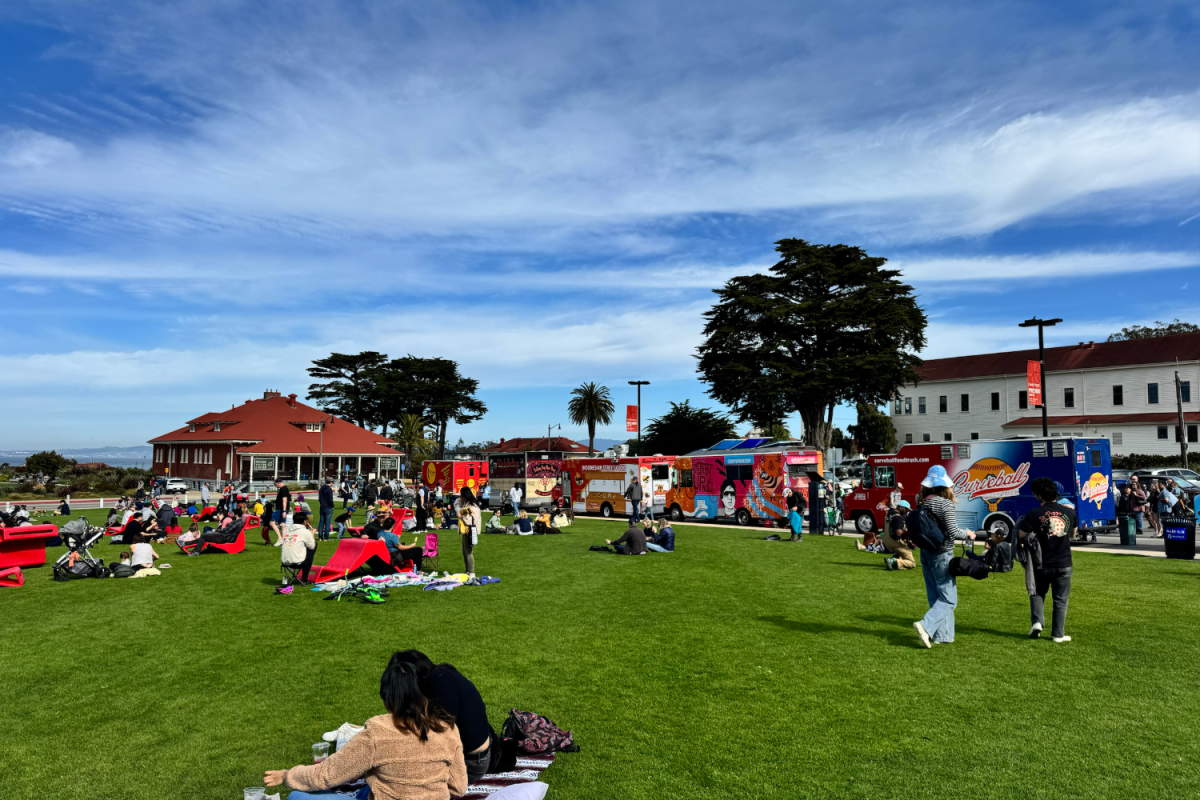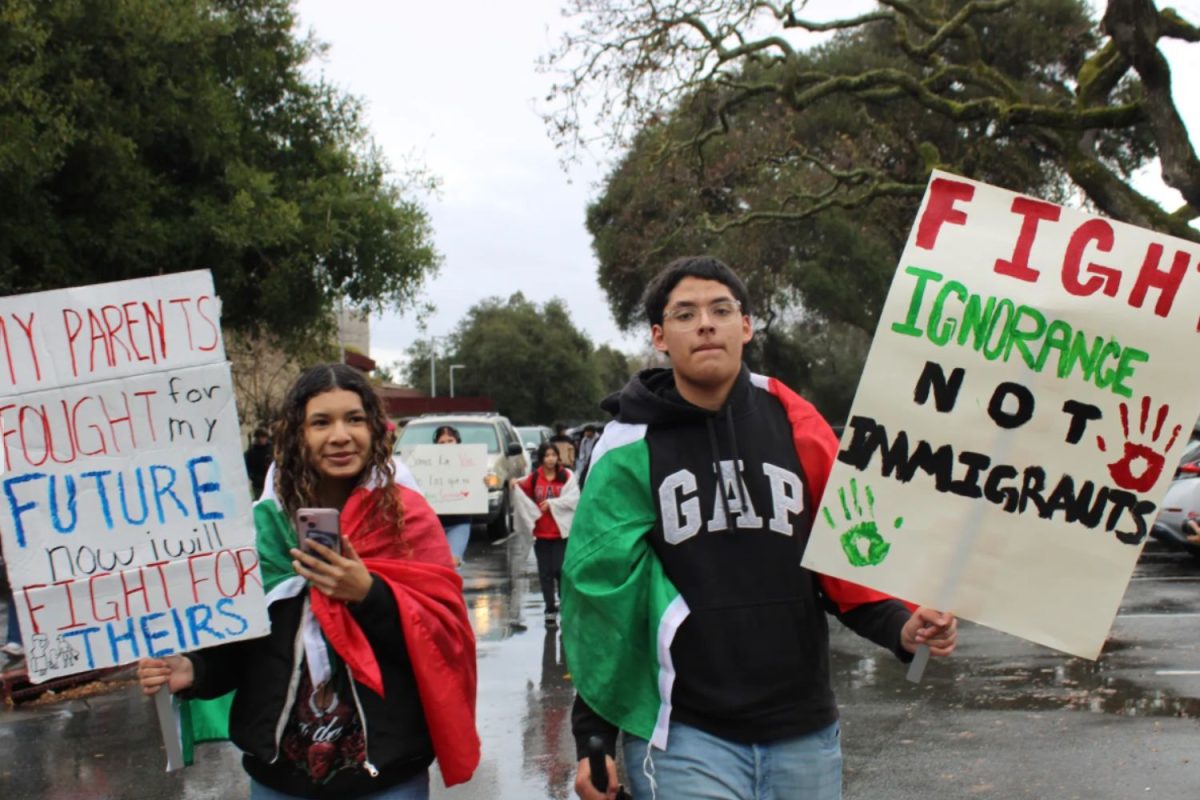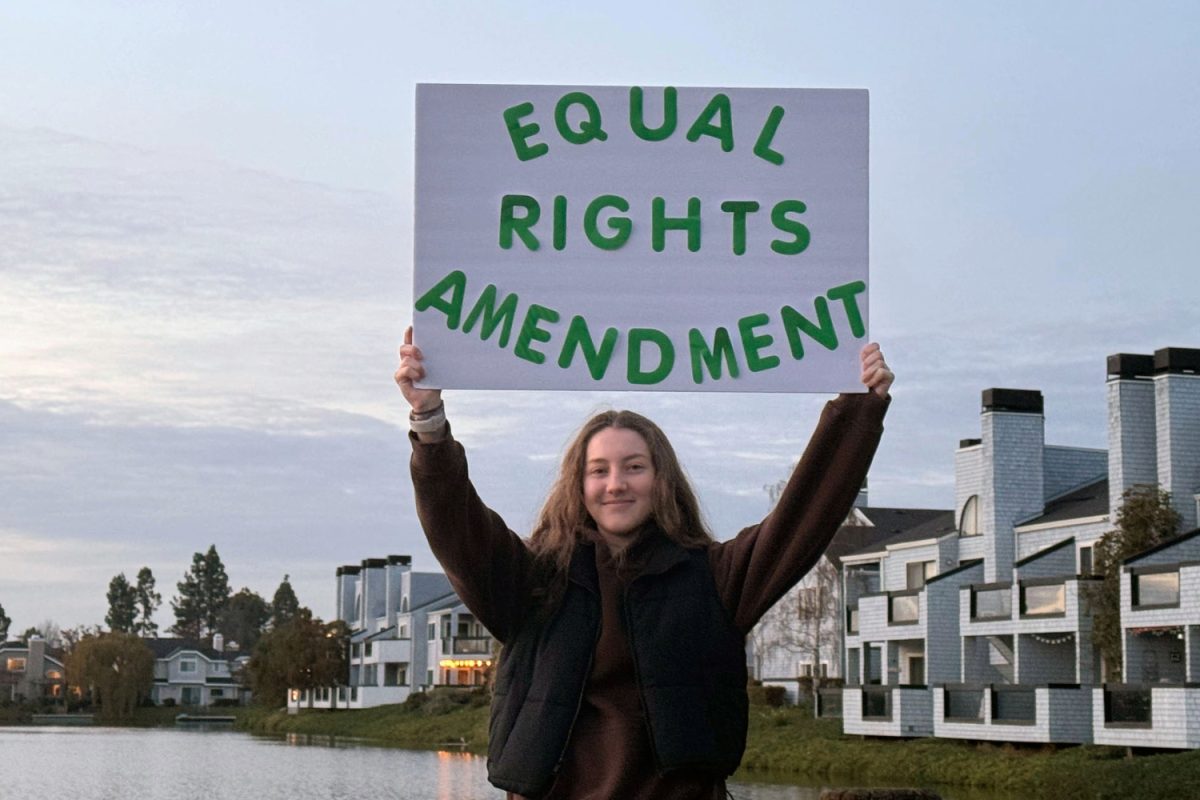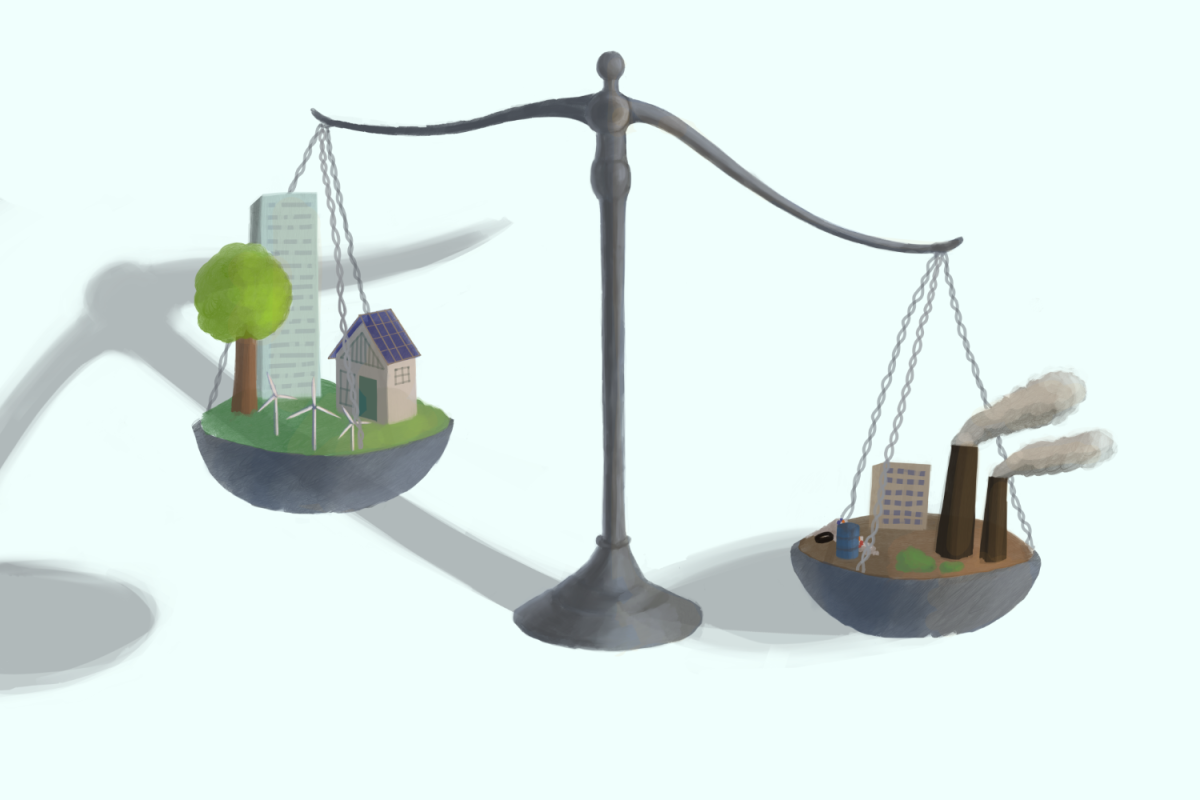From delivery apps to contactless payment, restaurants have been implementing more and more technology into their services over the years.
The foodservice industry has evolved rapidly over the past two decades. To keep up with the changing industry trends and customers’ demands, restaurants must consistently update their methods. In fact, according to Toast, 95% of restaurants in America have become more efficient with the use of technology.
“If [restaurants] can utilize that technology to help them with throughput […], it can definitely be a big improvement, and they’ll make more profit,” said Carlmont business teacher John Rowe.
There are many types of technology that restaurants use to provide services to their customers. Some of the most important types are point-of-sale systems, websites and apps, and quick response codes.
Simply put, traditional point-of-sale, or POS, software is often used in restaurants and other commercial businesses to carry out customer transactions. This includes cash registers and credit card terminals.
However, with advancements in technology, the more modern cloud-based POS software, like Square and Toast, are popularizing in the foodservice industry. It simplifies ordering and transaction processes, helps manage the employees and inventory, enables a wider selection of payment platforms, and runs on many devices.
Kiosks are a great example of devices that use POS software. They make things easier for both the customer and the restaurants by presenting ease in customizing orders, allowing managers to keep tabs on the preferences of their clientele, and reducing constraints on employees.
“The kiosks help our employees and the store save manpower,” Collins Chu, a worker from Mr. Green Bubble café, said. “We don’t need to use the cash register, and we can have more people help prepare drinks.”
During the COVID-19 pandemic, restaurants have been forced to utilize take-out and delivery methods to keep their businesses afloat. To resolve this issue, restaurants build websites and apps or partner with existing take-out and food delivery services to reach their homebound customers.
“During the pandemic, we lost some customers because they couldn’t come to order in-store, so that’s when we started online ordering. Right now, most customers order online because it’s safer,” Chu said.
Yet, these services have been around long before the pandemic began. Since 2014, the popularity of online ordering has grown 300% more than dining in restaurants, according to Nation’s Restaurant News. This is a result of the growing accessibility of the internet since customers can find many restaurant menus online.
“Business is definitely better with mobile ordering because people can order ahead and just pick up when they are ready,” Starbucks employee Lotus Tang said. “Customers like mobile ordering for the convenience of not needing to wait in line, so the sales are much better when we have it available.”
They may look small, but quick response (QR) codes are becoming a popular method for contactless service and payment. By scanning one with a phone camera, customers can access menus and make payments through their browser, limiting contact between the servers and the customers and keeping everyone safer. According to Juniper Research, the usage of QR codes will increase by 240% between 2020 and 2025, mainly due to COVID-19.
As restaurant technology becomes more widespread, a problem emerges. The rising use of technology can displace the jobs of many essential workers, such as cashiers and servers. However, some believe that it wouldn’t have much of an impact and that technology can help businesses improve as a whole.
“It’s kind of scary to think that robots are out there working, but on the other hand, [restaurants are] more efficient, and people can work on higher-level things,” Rowe said.
Ultimately, the technology used today in restaurants has come a long way from the past, and its growth will continue to push restaurants to become more productive and stay competitive.
“[Restaurant technology] could be more efficient. I don’t know if we’re there yet,” Rowe said, “But I think we need to make some improvements there before it really gets better.”

